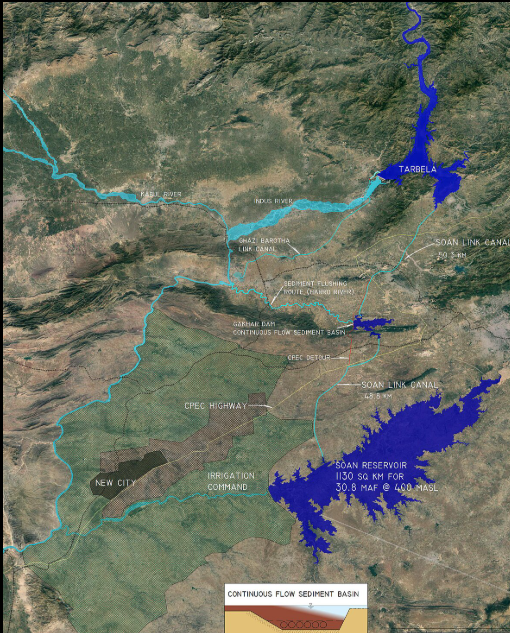🌡 The Rising Heat: How Climate Change is Fueling Deadly Heat Waves in Pakistan
🌡 The Rising Heat: How Climate Change is Fueling Deadly Heat Waves in Pakistan
In recent years, Pakistan has become one of the hottest places on Earth, facing record-breaking heat waves that threaten lives, crops, and the country’s economy. From Karachi to Jacobabad, temperatures have soared beyond 50°C, pushing the limits of human survival. But why is this happening so frequently now — and what can be done?
🔥 Why Pakistan is Getting Hotter Every Year
Climate experts agree that global warming is intensifying extreme heat across South Asia. Pakistan, located in a region already prone to high temperatures, is now experiencing the direct effects of climate change and rapid urbanization.
Greenhouse gases trap heat in the atmosphere, raising global temperatures.
Deforestation and urban sprawl have reduced green cover, creating heat islands in major cities.
Reduced wind flow and rainfall worsen heat intensity during summer months.
According to the Pakistan Meteorological Department, the country’s average temperature has risen by 1°C over the past 30 years, and this trend is accelerating.
🧍♀ How Heat Waves Affect People
The human body can only handle so much heat. When temperatures rise above 40°C for extended periods, heat strokes, dehydration, and heart problems become common. Vulnerable groups such as the elderly, outdoor workers, and children are most at risk.
Hospitals in Sindh and Punjab often see a sharp rise in emergency cases during May and June — the peak of the heatwave season.
🌾 Impact on Agriculture and Water
Pakistan’s agricultural sector, which employs nearly half of the population, suffers deeply from extreme heat.
Wheat, cotton, and rice yields drop when exposed to prolonged high temperatures.
Water scarcity worsens as rivers dry up faster and glaciers melt unevenly.
Farmers face economic losses, leading to rising food prices across the country.
🌍 What Can Be Done
Pakistan can’t stop global climate change alone, but it can adapt and protect its communities through sustainable actions:
- Increase urban greenery – planting trees lowers local temperatures.
- Promote renewable energy – solar power reduces fossil fuel emissions.
- Improve early warning systems – alerting citizens before heat waves strike.
- Encourage rooftop gardens and reflective surfaces in urban planning.
- Educate people on hydration, shelter, and first aid during heat alerts.
🌱 A Shared Responsibility
Pakistan contributes less than 1% of global greenhouse gas emissions, yet it remains among the top 10 countries most affected by climate change. Addressing heat waves isn’t just an environmental issue — it’s a fight for health, safety, and survival.
By taking local action and pushing for global accountability, Pakistan can build resilience against the rising heat — one community at a time.

